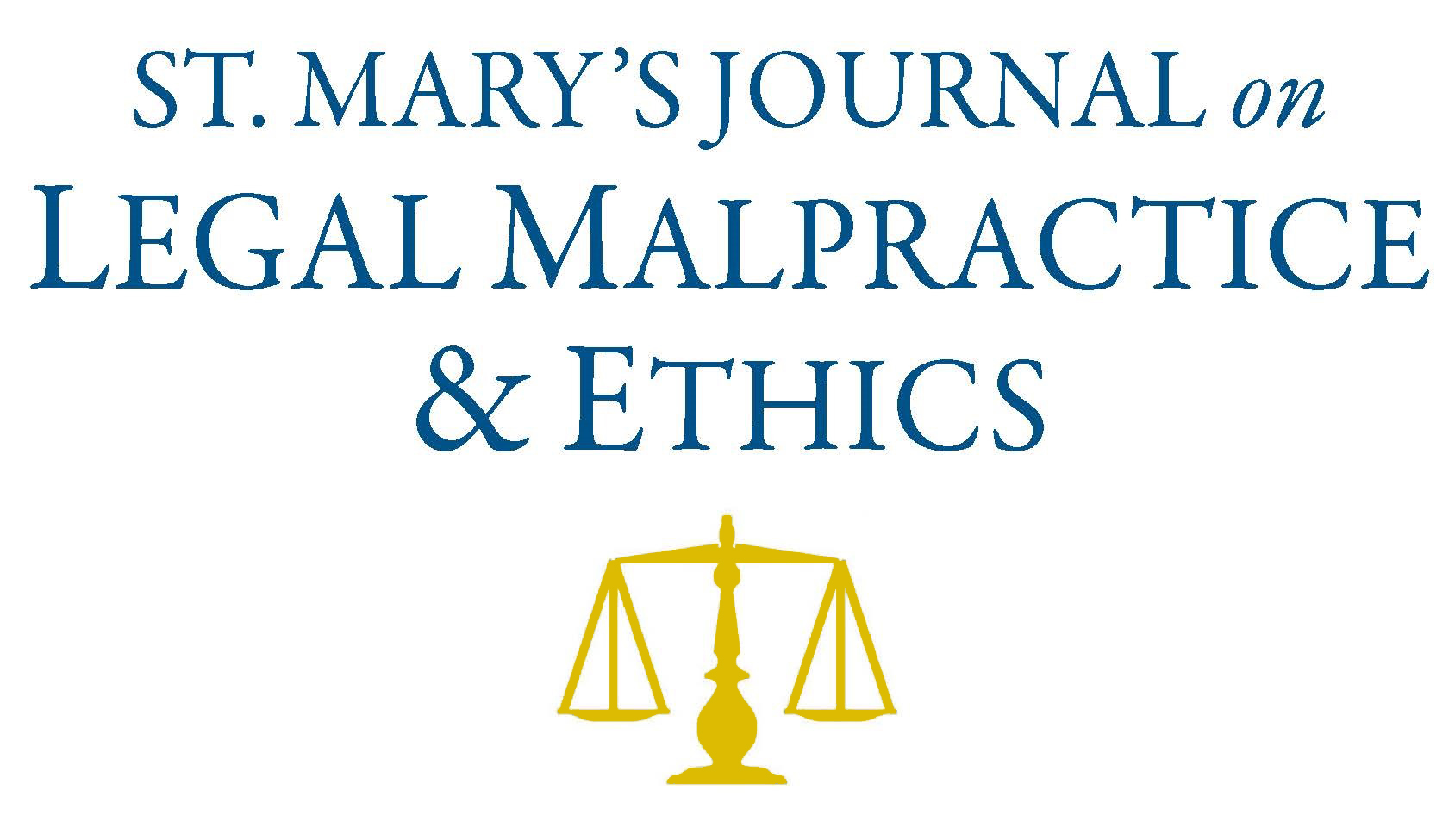
First Page
150
Date Created
12-2018
Publisher
St. Mary's University School of Law
Editor
Katherine Zampas
Last Page
188
Abstract
Following the 2017 exposure of Harvey Weinstein, the #MeToo movement spread rapidly across social media platforms calling for increased awareness of the prevalence of sexual harassment and assault and demanding change. The widespread use of the hashtag brought attention to the issue and successfully facilitated a much-needed discussion in today’s society. However, this is not the first incident prompting a demand for change.
Efforts to bring awareness and exact change in regards to sexual harassment in the legal profession date back to the 1990s. This demonstrates that the legal profession is not immune from these issues. In fact, at least one half of female attorneys experience or report observing sexual harassment. Considering the negative physical and psychological effects sexual harassment can have on victims, and the special role of lawyers in society, there is a need to address the pervasive issue of sexual harassment in the legal profession.
Although there are other avenues of recourse are available for victims of sexual harassment, said avenues critically neglect to address the widespread problem in the legal profession in light of the lawyer’s special responsibility. As such, Texas must adopt a rule making sexual harassment professional misconduct in order to comport with this special responsibility. In August of 2016, the American Bar Association adopted Model Rule 8.4(g), which—among other things—declares sexual harassment professional misconduct. This Comment urges Texas to follow suit and adopt Model Rule 8.4(g), Iowa Rule 32:8.4(g), Minnesota Rule 8.4(g), Maryland Rule 19–308.4, or another comparable rule.
Recommended Citation
Savannah Files,
Breaking the Silence: Holding Texas Lawyers Accountable for Sexual Harassment,
9
St. Mary's J. on Legal Malpractice & Ethics
150
(2018).
Available at:
https://commons.stmarytx.edu/lmej/vol9/iss1/5
Included in
Civil Law Commons, Civil Rights and Discrimination Commons, Criminal Law Commons, Gender and Sexuality Commons, Inequality and Stratification Commons, Law and Gender Commons, Law and Society Commons, Legal Ethics and Professional Responsibility Commons, Legal Profession Commons, Legal Remedies Commons, Politics and Social Change Commons, Sexuality and the Law Commons, State and Local Government Law Commons, Torts Commons

